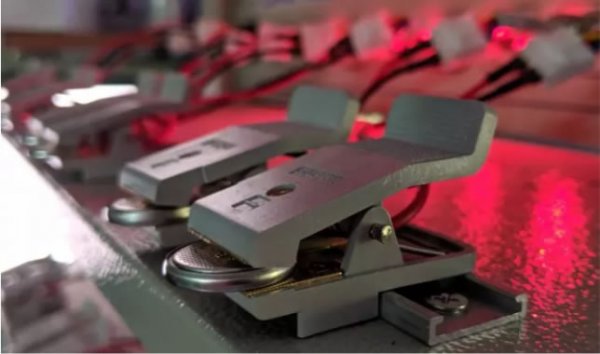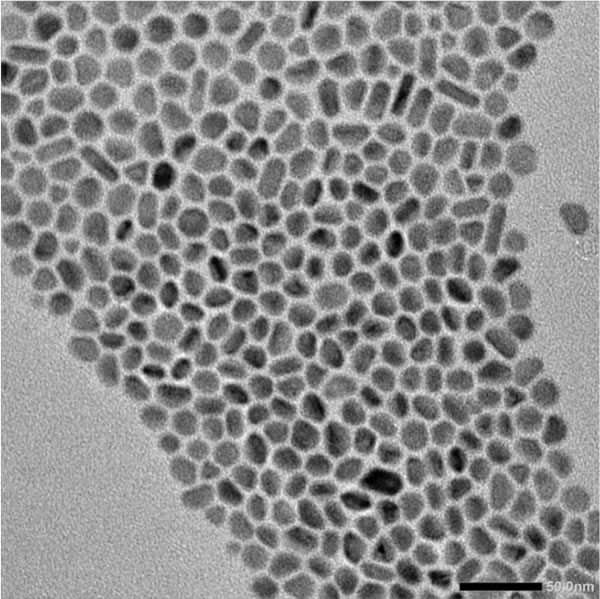According to foreign media reports, an international team of scientists has discovered a material that allows lithium-ion batteries to have more energy without sacrificing battery life. The team found that antimony crystals will spontaneously and reversibly hollow during charge and discharge cycles, a highly anticipated feature that can promote greater energy density without compromising safety.

Lithium ion batteries generate electricity by transferring ions back and forth between two electrodes (negatively charged cathode and positively charged anode). But in the current state, they have reached the limit. Efforts to increase the flow of lithium ions are hindered by the aging of the anode material, which expands and contracts during charging and discharging, resulting in greater pressure, which reduces the life of the battery.
Scientists have seen a solution in the "yolk-shel" particles, because the hollow voids can adapt to the volume change of the battery during charging and discharging, while providing a stable outer surface, thereby improving the cycling ability. For a long time, the replacement of metal alloy anode materials with these particles has been regarded as a promising approach, but it has proved problematic to manufacture them in a cost-effective manner.
"It has been intentionally engineering hollow nanomaterials for some time. This is a promising method to improve the life and stability of high energy density batteries," said research author Matthew McDowell from Georgia Institute of Technology. "The problem has always been that directly synthesizing these hollow nanostructures at the large scale required for commercial applications is challenging and costly. Our findings can provide a simpler, streamlined process that resembles intentionally designed The hollow structure improves performance."

The discovery of McDowell and his colleagues from Georgia Institute of Technology, ETH Zurich and Oak Ridge National Laboratory began with tiny particles whose diameter is one thousandth of the diameter of human hair. The team found that these oxide-coated antimony nanocrystals spontaneously hollowed out during battery cycling, rather than expanding and contracting as expected.
Observing the nanoparticles in the small test cell using a high-resolution electron microscope confirmed this hollow behavior, and found that they only appear in particles with a diameter of less than about 30 nanometers. It works by using an elastic oxide layer to expand the material as ions flow into the anode, but creates voids when the ions are removed, rather than causing the typical shrinkage behavior.
"When we first observed the unique hollow behavior, it was very exciting, and we immediately knew that it might have an important impact on battery performance," McDowell said.
Although these hollow nanoparticles are an exciting discovery, there are still some challenges for the team in the future. Antimony itself is expensive, so it has not yet been used to produce battery electrodes. However, scientists suspect that other cheaper materials such as tin may exhibit the same hollow behavior. They now hope to explore these possibilities and conduct research on larger batteries in an effort to achieve commercial applications.
"It will be very interesting to test other materials to see if they will be transformed according to similar hollow mechanisms," McDowell said. "This can expand the range of materials that can be used for batteries. The small test batteries we manufacture show promising charge and discharge performance, so we hope to evaluate these materials in larger batteries."
The research was published in the journal Nature-Nanotechnology.
Led Outdoor Wall Light,Modern Outdoor Wall Lighting,Led Outdoor Light,Led Outdoor Lamp
Ningbo Royalux Lighting Co., Ltd. , https://www.royaluxled.com